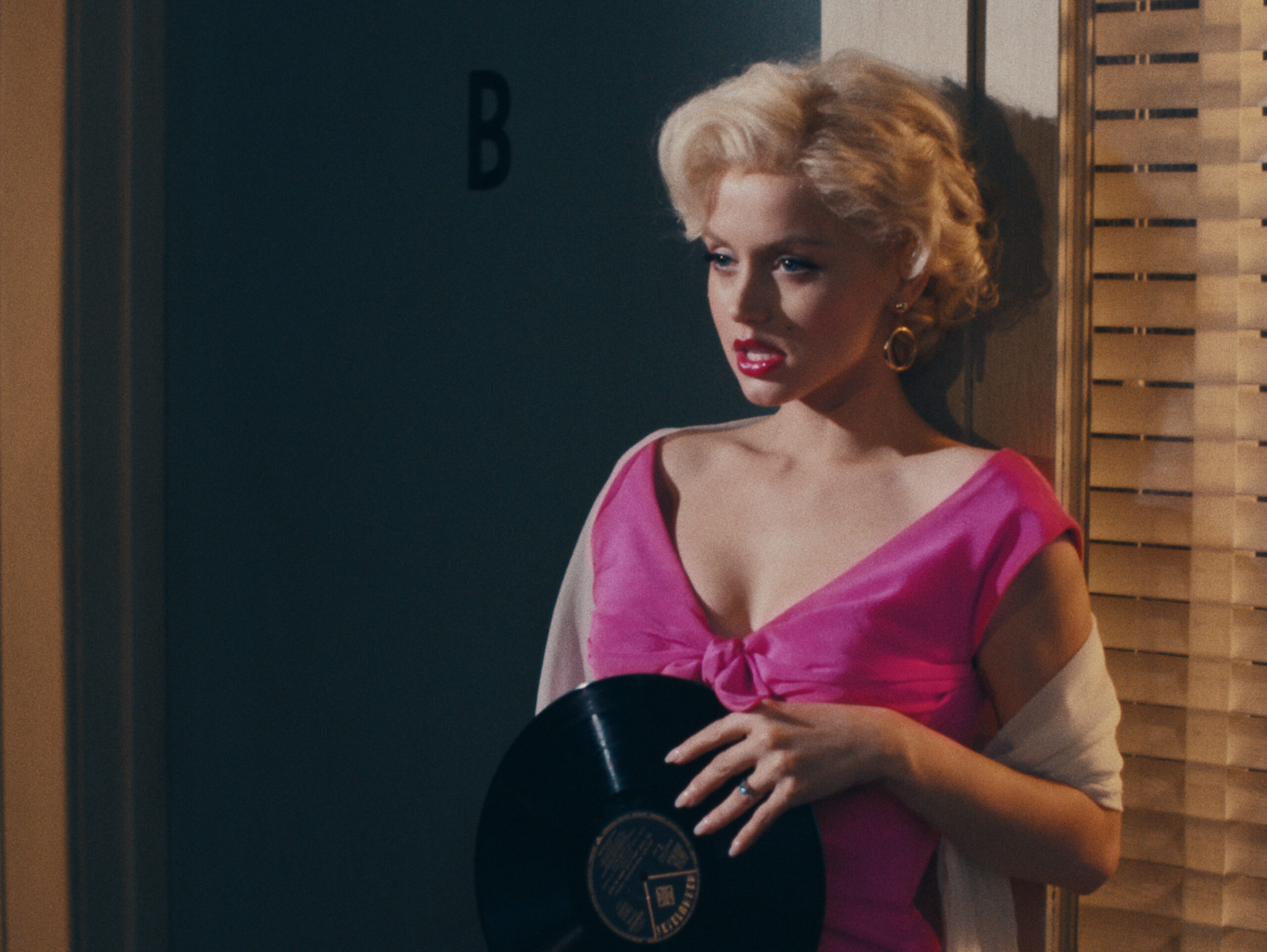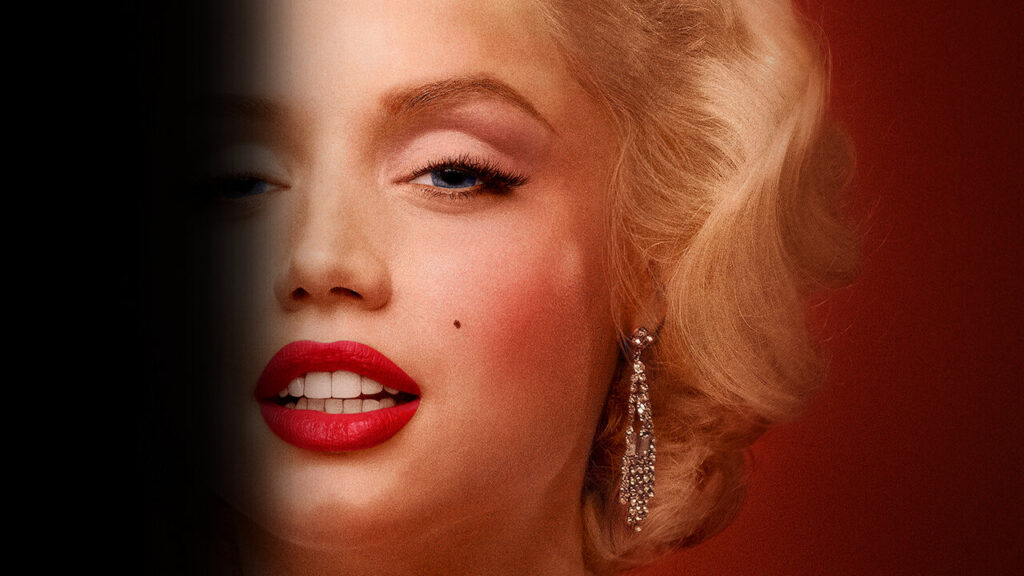It’s no secret that these days, biopics are on the rise. Among the most recent is the biopic Blonde, a film based on a novel from the year 2000 of the same name written by Joyce Carol Oates. Aside from being about Marilyn Monroe, one of Hollywood’s most iconic figures, this film is set to make a big splash in the film scene. But why? Well, let’s delve into why that’s the case.

About The Biopic Blonde
The film appears set to go to some dark places, as it has been rated NC-17. As a result, the biopic Blonde is going to be getting a limited theatrical release while also getting released on Netflix as it is a Netflix Original first and foremost. Despite whatever stigmas may surround the rating, there’s a good reason why this is the case. According to Time magazine, the film will feature a particularly intense sexual assault scene.
As the reader, you might be scratching your head as to why I might’ve said this was a “good” reason. Well, look no further than the words of Ana De Armas herself, who will be portraying Marilyn Monroe. Within the aforementioned article, the actress is referenced as defending the film for attaining this rating because the scene is among the key moments in the film “that are important for the story [as it] unfolds.” To ensure audiences could grasp a fuller understanding of Marilyn Monroe as a cultural figure, Ana De Armas goes on to say, “everyone [in the cast] knew we had to go to uncomfortable places. I wasn’t the only one.”
As a viewer, I know I would appreciate the level of thought the creators decided to put into the film. It is informative in that it is clear that this scene is not included for gratuity’s sake, which is also a plus. It serves to add to this film’s anticipation, which already has the allure of being about the life of Marilyn Monroe. Speaking of which, while the film has clearly been able to garner enough interest on its own, as always, we can take this a step further. How? By considering this movie’s hype levels can also be attributed to the genre it is a part of.

Biopics vs. Biographies
Typically, when you think of a biography, you would be inclined to believe it refers to as accurate a historical accounting as possible. Biopics are different as they can take some artistic and dramatic liberties that biographies do not. In biographies, there are always gaps of knowledge, areas of the lives of our favorite celebrities and public figures that are unknown.
What biopics allow themselves to do is use this perceived flaw to tell a compelling story. As they are dramatizations of a given figure’s life, they tend to capitalize on the unknown. By opting to let the creative juices run amok as opposed to shying away from areas of speculation and doubt, biopics are able to thrive in a way traditional biographies don’t.
Of course, creatives must maintain some sense of realism and continuity, as these are real people whose lives are being adapted. A successful biopic will not only be entertaining but also succeed in showing a degree of respect where the subject is concerned.
To boil it down to a simple recipe, a phenomenal biopic will include a helping of some historical truth, a little dash of drama, mixed in with a dose of creative license. How well the biopic Blonde manages these measurements, we’ll leave you to decide, though it is worth mentioning that Ana De Armas received a standing ovation in Venice, per Variety. Blonde releases on Netflix on September 23rd.